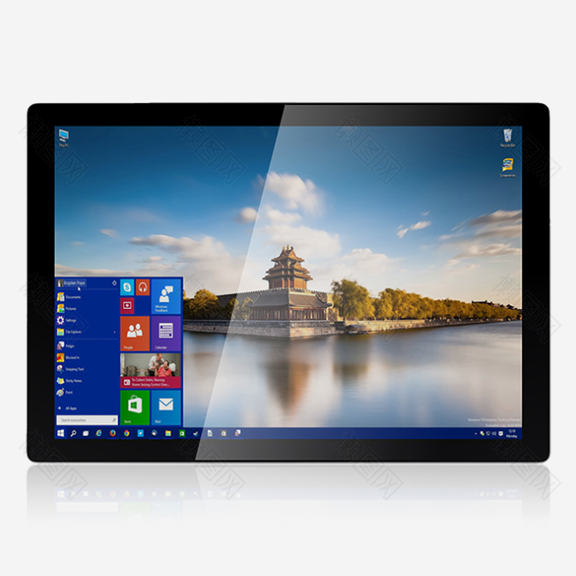
Linear motor (or linear motor; English: linear motor) is a kind of motor. Its principle is different from the traditional rotating motor. Linear motor directly converts the input power into linear kinetic energy, which is different from the traditional torque and rotating kinetic energy.
For linear motor, the coil is connected with appropriate current according to the relative position with the magnet for electronic commutation, and then the smooth motion characteristics are achieved through current, speed and position control. The coil is movable, the internal permanent magnet is fixed, and the coil is connected with correct current according to the relative position with the magnet to generate a translational magnetic field, This magnetic field acts with the magnetic field generated by the permanent magnet, that is, it generates thrust.
The linear motor adopts the direct drive mode. Because there is no mechanical transmission part and the load acts directly on the motor, it has excellent performance, dynamic speed and acceleration, can improve the positioning accuracy and operation efficiency, reduce the complexity of the mechanism and improve the reliability.
The speed of linear motor is faster than that of general rotary motor, and the longer the stroke, the more favorable the linear motor is, Because linear motors are driven directly, there is no back clearance problem.
Linear motor has many advantages in the application of direct linear drive, which makes it gradually replace the general traditional rotating motor, and the market scale is growing rapidly.
Compared with other types of motors, linear motors have the advantages of high conversion efficiency, high acceleration ability, and any combination is in line with various design applications. Therefore, the application of linear motors is growing rapidly.
